Aplenty Jowar Aatta | Sorghum Flour | Healthy For Weight Loss | Gluten Free Aata | Rich In Fiber And Protien | Jwar/ Joar/ Jawar
- Delivered today (order Mon-Fri before 12:00, delivery between 17:00 and 22:00)
- Including shipping costs, sent by klbtheme.com
- Pick up at a klbtheme.com collection point is possible
- 30 days to change your mind and free returns
- Day and night customer service
Description
Sorghum is a cereal grain, and the variety used for making flour is usually Sorghum bicolor, also referred to as jowar flour. When processed into a flour, sorghum flour has a mild, slightly sweet flavor and smooth texture that makes it suitable for making brownies, cookies, muffins, waffles and all kinds of other baked goods. Sorghum flour’s texture and density make it comparable to all-purpose wheat flour. One interesting property is that it helps to bind moisture into the dough or batter as well as promoting the formation of CO2 bubbles when making bread. Sorghum flour is beige in color with a soft, somewhat clumpy consistency, but it combines well when whisked in with other flours. In addition to baked goods, it happens to work well as a breading for fried items, producing a flavorful, crispy coating.
About this item
- Sorghum flour is a gluten-free flour with a mild, sweet flavor and smooth texture. It’s commonly used to make gluten free cakes, breads and other baked goods, sometimes on its own but more often combined with other gluten-free flours.
- Sorghum flour isn’t eaten on its own, and foods prepared from it derive their flavor from the other ingredients, the yeast, sugar, salt, fats and so on, that it’s combined with, as well as from the caramelization of starches that takes place when the dough or batter is cooked.
- Sorghum is only the English name of a grain that has been known for decades as Jowar, an ingredient used in many ethnic cuisines or grounded into flour to make dosa, cheela, bhakri, and delicious roti.
- Today, it also has gained the epithet of new quinoa, as this ingredient is gluten-free and among the healthiest addition to our diets.
- The incredible nutritional properties boasted by this grain don’t end to the high amount of fibers and vitamins contained, Jowar is also extremely rich in proteins!
- Only one cup of Sorghum is packed with over 20 grams of protein, an amount that any gym-goer dreams of!
Additional information
| Weight | N/A |
|---|---|
| Weight | 1800g, 200g, 400g, 900g |

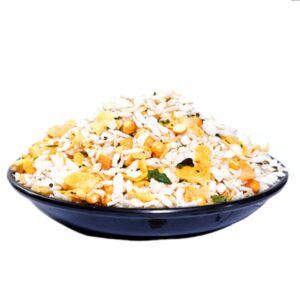

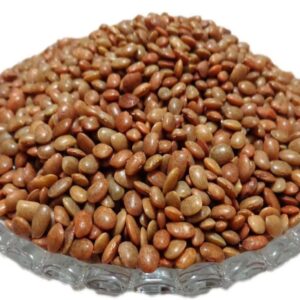
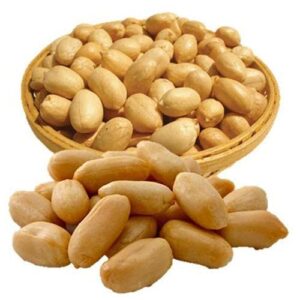








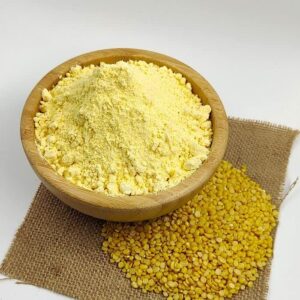
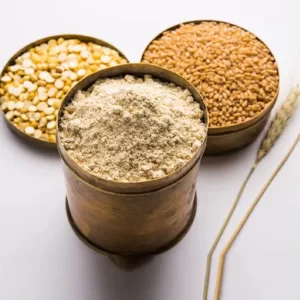
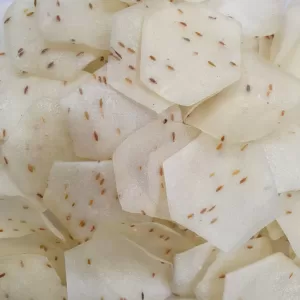
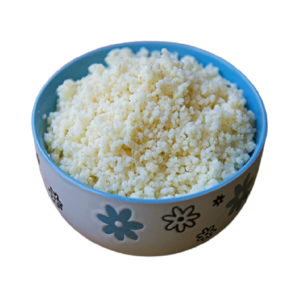
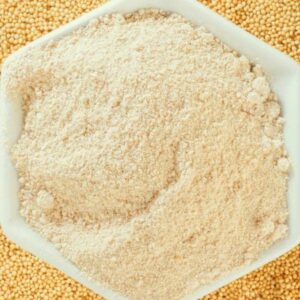
Reviews
There are no reviews yet.